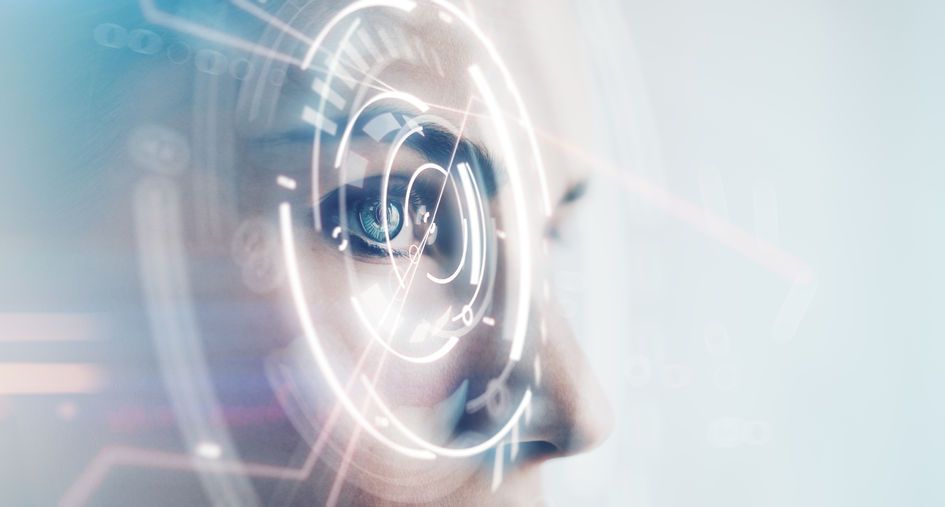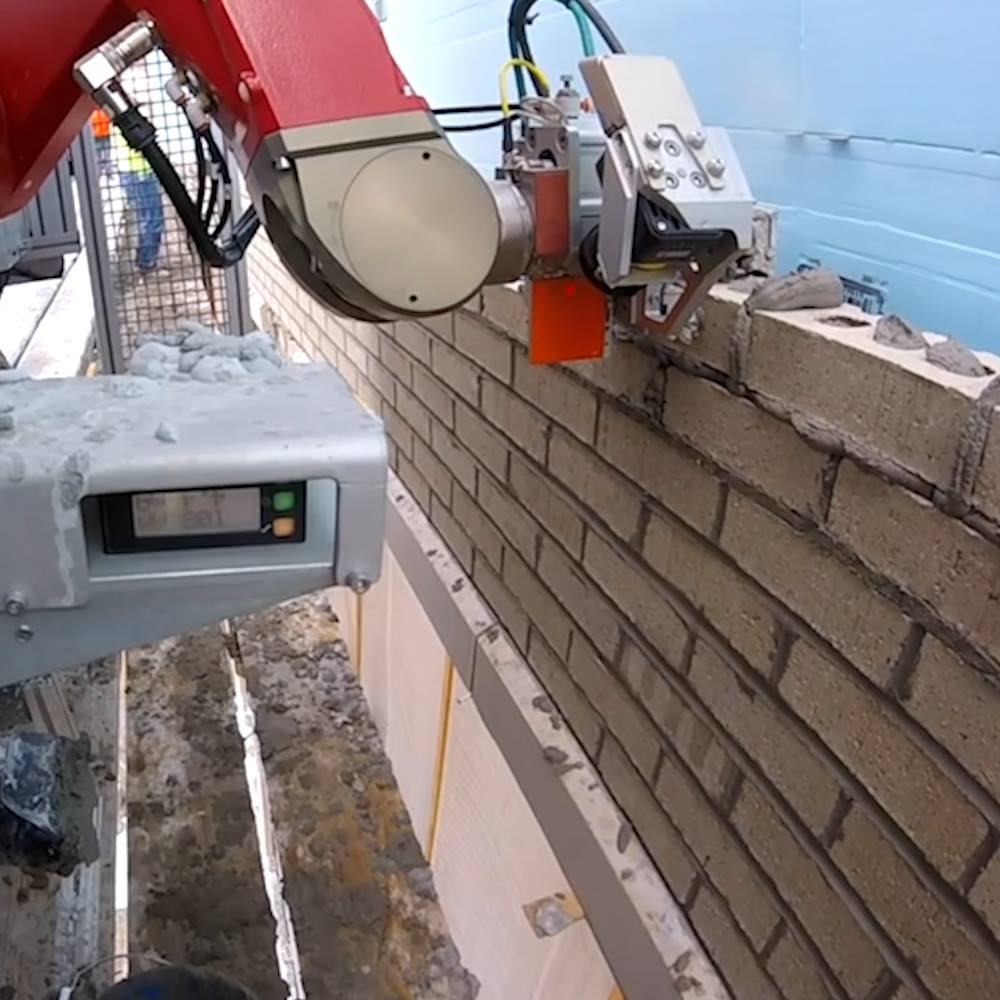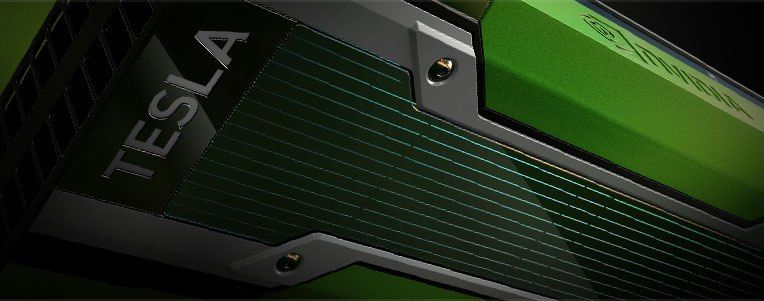Since appointing the former Microsoft executive Lu Qi as the new Chief Operating Officer and Vice Chairman, Baidu has reshuffled its senior management team and company structure to focus more on artificial intelligence.






Part man, part machine: Researchers at the University of Oxford are making The Terminator a reality.
Pierre-Alexis Mouthuy and Andrew Carr, of the Oxford Musculoskeletal Biomedical Research Unit, test medical technology by dressing robots in human flesh.
The cyborgs “wear” tissue grafts to help develop artificial muscles and tendons before transplantation.

Robots will not replace every worker and their use in the workplace will lead to more jobs for people who are creative, according to a company that aims to predict the future.
Artificial intelligence (AI) will operate alongside humans to “take away the grind” from work, enabling people to be more imaginative and productive, experts from The Future Laboratory told a Microsoft Surface event.
“Robots will actually create jobs because humans have unique thinking,” Steve Tooze, Special Projects Editor at The Future Laboratory, said. “They will take away the grind that we don’t want to do. This will free us up to the imaginative stuff, the creative stuff.”

DETROIT (AP) — Computer chip maker Intel paid handsomely for a piece of the next big thing Monday as it offered more than $15 billion for Mobileye, an Israeli company at the forefront of autonomous vehicle technology.
The purchase, scheduled to close by year’s end, creates another major player in self-driving technology as traditional automakers and tech companies vie to put the cars into public use. Most companies have predicted autonomous vehicles will be carrying people in the next three-to-five years.
The big investment by Intel validates predictions that autonomous cars will someday come in large numbers, signifying a sea change in the way we all get around, said Timothy Carone, a Notre Dame University professor who has written about the future of automation. “Major players are finding ways finding ways to position themselves for a change as seminal as the personal computer revolution,” he said.

Three months ago, Google announced it would in early 2017 launch support for high-end graphics processing units (GPUs) for machine learning and other specialized workloads. It’s now early 2017 and, true to its word, Google today officially made GPUs on the Google Cloud Platform available to developers. As expected, these are Nvidia Tesla K80 GPUs, and developers will be able to attach up to eight of these to any custom Compute Engine machine.
These new GPU-based virtual machines are available in three Google data centers: us-east1, asia-east1 and europe-west1. Every K80 core features 2,496 of Nvidia’s stream processors with 12 GB of GDDR5 memory (the K80 board features two cores and 24 GB of RAM).
Self-driving cars are about to face their toughest test.

Anyone who watched HBO’s Westworld and came away from it with the desire to have sex with a robot is now in luck. A brothel full of sex dolls has opened up in Barcelona, Spain.
Lumi Dolls offers four models that anyone can reserve for a set amount of time. Thanks to new technology, Lumi Dolls brags that its dolls are among the most realistic on the market — and they cost around €120 per hour, which is about $127. The brothel offers other services as well, including overnight stays and options for couples, but those price quotes require a consultation. Reservations are taken online.
Each of the models come complete with a sort of character page on the Lumi Dolls website, which houses a description of the doll’s anatomy, creative inspiration, and what to look forward to in the doll’s room.